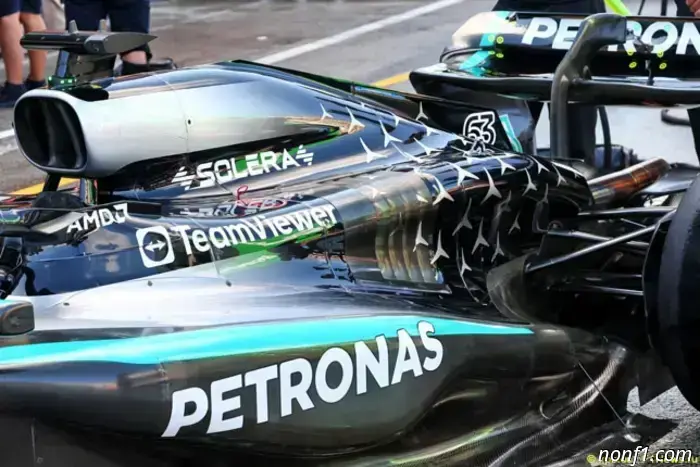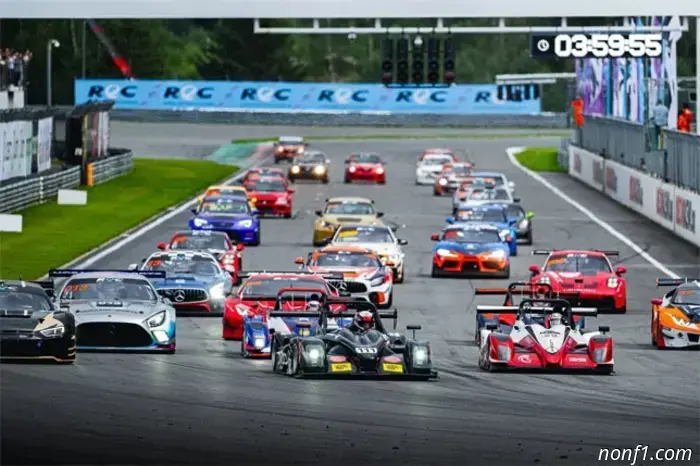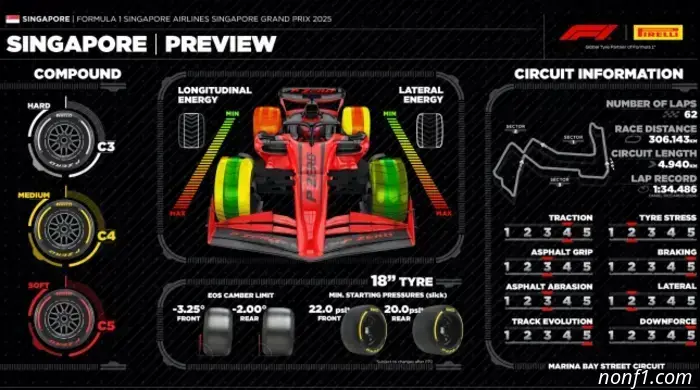
Mercedes is counting on help from customer teams.
In 2026 Formula 1 will switch to next-generation power units. The engines will run on environmentally friendly fuel, and the electrical component of the power unit will increase from the current 15% to 50%.
Next season there will be five power unit suppliers in Formula 1: Mercedes, Ferrari, Red Bull–Ford, Honda and Audi. Mercedes engines will remain the most popular, being fitted to the cars of four teams. In addition to the factory Mercedes team, the power units assembled in Brixworth will go to McLaren, Williams and Alpine.
According to Auto Motor und Sport, at this stage Mercedes engineers are constantly having to deal with power unit failures during bench testing. But a similar picture was seen during preparations for the 2014 season, when Formula 1 switched to hybrid power units. However, after that switch Mercedes engines went on to win eight consecutive titles.
Part of that success was due to the fact that Mercedes had more customers than the others, which allowed them to collect more data on engine performance at an early stage and quickly eliminate teething problems. The team’s chief engineer Andrew Shovlin expects that this time the customers will again help refine the engine.
"Creating a pool of engines for such a large number of teams is certainly a difficult task," explains Andrew Shovlin. "It creates an extra burden that requires a different approach to resolve. However, Mercedes’ business model in Formula 1 has always assumed supplying engines to several teams.
"In 2014 we had a clear advantage over our rivals. Thanks to the customer teams we covered more kilometres than if we had tested the engines only on our own cars. Due to the high mileage we were able to minimise the risk of failures. With more cars in the race and higher mileage, errors were discovered more quickly."

Other articles
 REC: Season finale on October 4 at Moscow Raceway
On Saturday, October 4, the Russian Endurance Racing Series (REC) concludes the 2025 season at the Moscow Raceway circuit near Moscow.
Verstappen — "Driver of the Day" after victory at the Nordschleife
The organizers of the NLS series named Max Verstappen "Driver of the Day" after his convincing victory on the Nürburgring's "Nordschleife," and it brought him some pleasant feelings.
REC: Season finale on October 4 at Moscow Raceway
On Saturday, October 4, the Russian Endurance Racing Series (REC) concludes the 2025 season at the Moscow Raceway circuit near Moscow.
Verstappen — "Driver of the Day" after victory at the Nordschleife
The organizers of the NLS series named Max Verstappen "Driver of the Day" after his convincing victory on the Nürburgring's "Nordschleife," and it brought him some pleasant feelings.
 Pirelli expects one pit stop in Singapore.
Exposure to high temperatures is becoming the main cause of tyre degradation in Singapore. This is also why Hard and Medium tyres are best suited for the race.
Pirelli expects one pit stop in Singapore.
Exposure to high temperatures is becoming the main cause of tyre degradation in Singapore. This is also why Hard and Medium tyres are best suited for the race.
 Zak Brown: Oscar and Lando have equal opportunities
McLaren chief Zak Brown confirmed that, despite the potential threat posed by Max Verstappen, Oscar Piastri and Lando Norris will still have equal chances in the fight for the title.
Zak Brown: Oscar and Lando have equal opportunities
McLaren chief Zak Brown confirmed that, despite the potential threat posed by Max Verstappen, Oscar Piastri and Lando Norris will still have equal chances in the fight for the title.
 The Williams fan zone has already opened in Singapore.
A variety of interesting events dedicated to the upcoming Grand Prix will take place in Singapore every day of the week starting on Monday...
The Williams fan zone has already opened in Singapore.
A variety of interesting events dedicated to the upcoming Grand Prix will take place in Singapore every day of the week starting on Monday...
 Lewis Hamilton announced the death of his beloved dog.
Lewis Hamilton said he had been forced to make the hardest decision of his life...
Lewis Hamilton announced the death of his beloved dog.
Lewis Hamilton said he had been forced to make the hardest decision of his life...
Mercedes is counting on help from customer teams.
Mercedes expect to gain an advantage in 2026 thanks to having more customer teams than their rivals.
